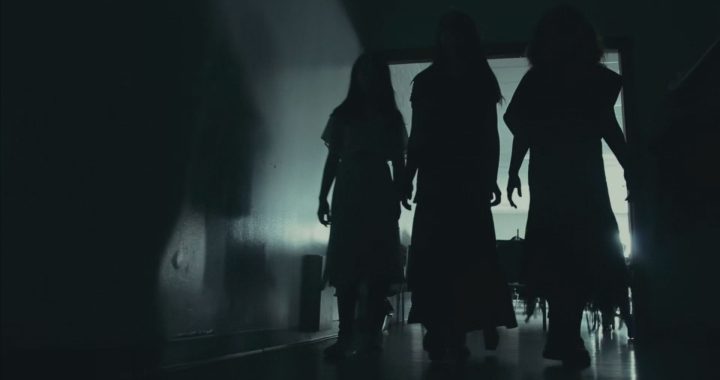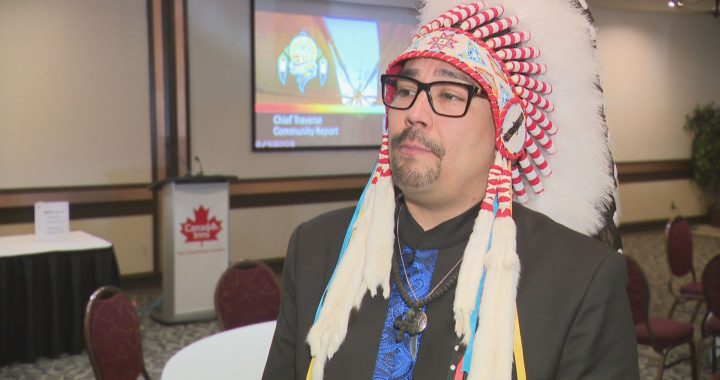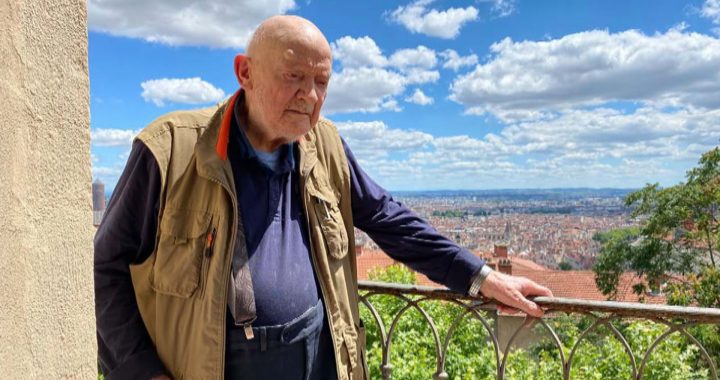
An Act respecting First Nations, Inuit and Métis children, youth and families (Bill C-92) kicks into effect today.
Passed in June, Bill C-92 reworks the Indigenous child welfare system in Canada.
The Quebec government is challenging the bill’s constitutionality. The province argues the legislation infringes on provincial jurisdiction.
The challenge looms while advocates and scholars continue raising questions about money, oversight, and vagueness of some of the bill’s language.
Assistant Professor and co-lead of the Wahkohtowin Indigenous Law and Governance Lodge at University of Alberta, Hadley Friedland says C-92’s new principles come into force regardless.
“They apply to everybody, no matter what anybody does,” she notes.
She says she doesn’t think Quebec will win the challenge, but the appeal may encourage provinces to drag their feet implementing it.
In November, Manitoba’s minister of families claimed she was still in the dark about what to expect from the new legislation.
“We haven’t seen provinces jump up and down and say, ‘Yay we’re going to implement this,’” Friedland remarks. “Because we don’t have good mechanisms for enforcement, if they say, ‘Well we’re not sure what to do. We’re waiting for the results of the Quebec challenge,’ how do we enforce that law? How many resources are going to be needed to apply the law?”
Minister of Indigenous Services Marc Miller says that “until Indigenous laws are in place – services to Indigenous children will continue as before. However, every Indigenous child and family services provider will have to apply the basic principles set out in the Act.”
“Change will not come overnight,” Miller states. “The only way to achieve this is to continue to work with our partners through this transition period to make sure the law works for First Nations, Inuit and Métis people, and most importantly, for their children.”
So what happens now?
Friedland worked to raise awareness around and effect changes to C-92.
She co-authored a Yellowhead Institute report card on the bill. The authors gave it a C for national standards; an F on funding; and Ds for accountability, jurisdiction, and data collection respectively.
She also testified about it before the Senate Standing Committee on Aboriginal Peoples in May.
Last week she co-authored an opinion article in the Montreal Gazette arguing Quebec is wrong to challenge the legislation.
She says the bill has two parts.
The first introduces a new set of what the government calls “national principles” governing the Indigenous child welfare system. The second part relates to the ways in which First Nations, Inuit, and Métis can exercise their inherent jurisdiction over children in their communities.
These national principles kick into immediate effect, so the best thing for communities to do now is “really know those national standards and understand what they put in place that is going to be different, or more, than provincial laws,” Friedland says.
Judges and social workers will apply the new national principles if, beginning today, an Indigenous community doesn’t have in place its own laws legislating the provision of child and family welfare services.
The bill contains a key principle of the “best of interests of the child.” The legislation recognizes the importance of preserving cultural, familial, and territorial connections. The act also mentions the need for “substantive equality” but does not define this term.
The second part of the bill deals with jurisdiction. If Indigenous groups wish to exercise their right to inherent jurisdiction, they must negotiate a “coordination agreement” with Indigenous Services Canada (ISC) and the relevant provincial authorities.
Section 22 of the new legislation states that Indigenous laws will prevail over federal and provincial laws whenever conflict between them emerges once these co-ordination agreements are in place – that is, unless the Indigenous laws contravene the Constitution, the Human Rights Act, or the best interests of the child.
Strengths and weaknesses of the legislation
Friedland says the act is a positive response to advocacy work, decades of research, testimony from ‘60s Scoop survivors, and calls from First Nations, Inuit, and Métis children.
She calls the recognition of inherent jurisdiction a “huge positive step.”
The legislation also addresses the Truth and Reconciliation Commission’s (TRC) fourth call to action which demands the government “enact Aboriginal child-welfare legislation that establishes national standards for Aboriginal child apprehension and custody cases.”
But there are critical concerns remaining about money (The bill includes none.), implementation, and oversight.
Interpreting the child’s best interests is a sticking point as well.
“Throwing in best interests of the child can gut everything positive in this bill,” warns Friedland. “Every single phrase includes this.”
That is, any vagueness or uncertainty about what constitutes a child’s best interests may cause problems.
“It’s often non-Indigenous decision makers who make that call. Basically, best interests of the child – even with the factors in this act – leave you with almost limitless discretion,” Friedland elaborates.
“And time and time again, what we see is judges basing best interests of the child probably on how they grew up. They’re picturing how they grew up and what they found useful, and that’s how they make their decision. They way courts and social workers have applied best interests of the child has just been so harmful to Indigenous children and families.”
Friedland also says the bill could leave social workers confused.
“There’s been no education. We’ve seen next to nothing come out from the federal government explaining how this is supposed to work. About two days ago Indigenous agencies sent a technical information package. That was sent two or three days ago. Talking to front line social workers, they have no idea what they’re supposed to be doing differently. So that education piece is missing.”
Yesterday, Cindy Blackstock – who in the past called C-92 a “colonial Faustian bargain” – suggested a few more New Year’s resolutions for the government.
She tweets at the government “to act instead of promise” and to “end the injustice for kids.”
New year's reconciliation resolution suggestions for the government. To act instead of promise; to understand that discrimination should not be easier for gov't than equity. End the injustice for kids- implement the Spirit Bear Plan. @JustinTrudeau pic.twitter.com/kp3DVYSUdG
— Cindy Blackstock (@cblackst) December 31, 2019
It’s not yet clear how many Indigenous communities already have laws in place to take over child welfare provision, or how many intend to negotiate co-ordination agreements.
Nishnawbe Aski Nation (NAN) voiced its opposition to C-92, citing concerns over the principle of best interests as well as a lack of guaranteed funding.
“The bill fails to affirm exclusive First Nation jurisdiction over our children and implies that non-Indigenous governments can determine outcomes for Indigenous children,” Grand Chief Alvin Fiddler says in a February press release. “This legislation does recognize the need for children in care to maintain strong connections to their communities, but ultimately it continues to enforce a status quo system that can override First Nation jurisdiction.”
In the May, NAN followed up by submitting its concerns to the senate’s Aboriginal peoples committee. The submission again called for money and a “break from the way in which ‘best interest of the child’ has been used in relation to First Nations children, families, and nations.”
The House of Commons adopted some, but not all, proposed amendments.









